Easy Step-by-Step Drawing Ideas for Beginners: Your Best Guide in 2025
Drawing can be fun and easy, especially when you have easy step-by-step drawing ideas for beginners to follow. Whether starting with basic shapes or trying to create something more detailed, this guide will help you improve your skills. With easy step-by-step drawing ideas for beginners, you can learn at your own pace and enjoy the process. Let’s start with some simple tips and techniques to smooth your learning journey.

Gather Your Drawing Supplies
Before you start, make sure you have the right tools. You’ll need:
- Pencils (HB and 2B)
- Erasers
- Sharpener
- Ruler
- Sketchbook or paper
Having these basic supplies will help you follow the easy step-by-step drawing ideas for beginners comfortably. Make sure your tools are organized and ready before starting your drawings.
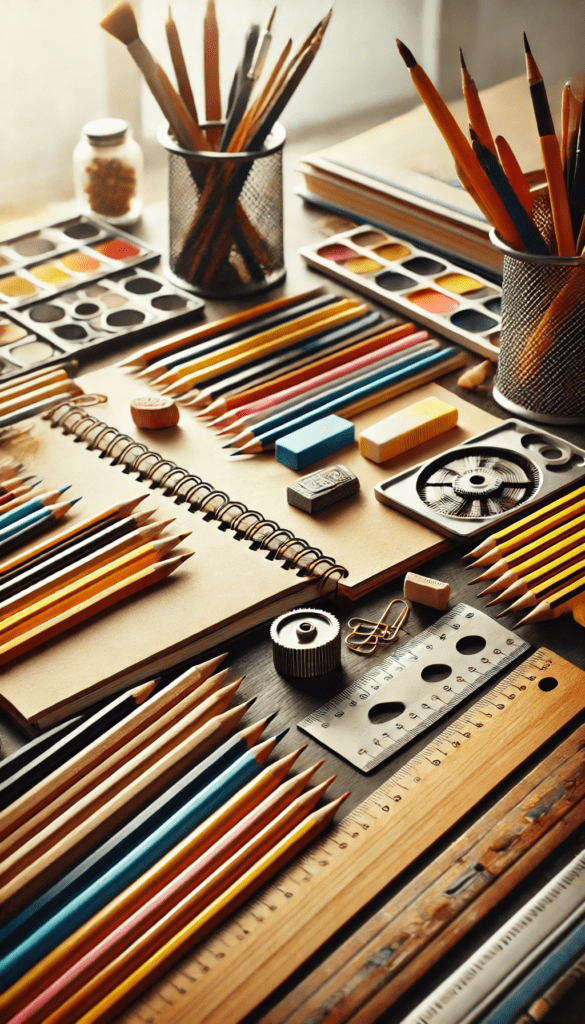
Start with Basic Shapes
- Draw circles, squares, and triangles. These are the foundations of most drawings.
- Practice combining shapes to create objects like houses, trees, and animals. Starting with these shapes makes following easy step-by-step drawing ideas for beginners even simpler.
- Sketch simple patterns to improve control over your pencil and gain confidence.
- Draw 3D versions of shapes like cubes and cylinders to build your skills further.
- Experiment with different sizes and orientations to see how shapes fit together.
- Use shading techniques to make the shapes look more realistic.
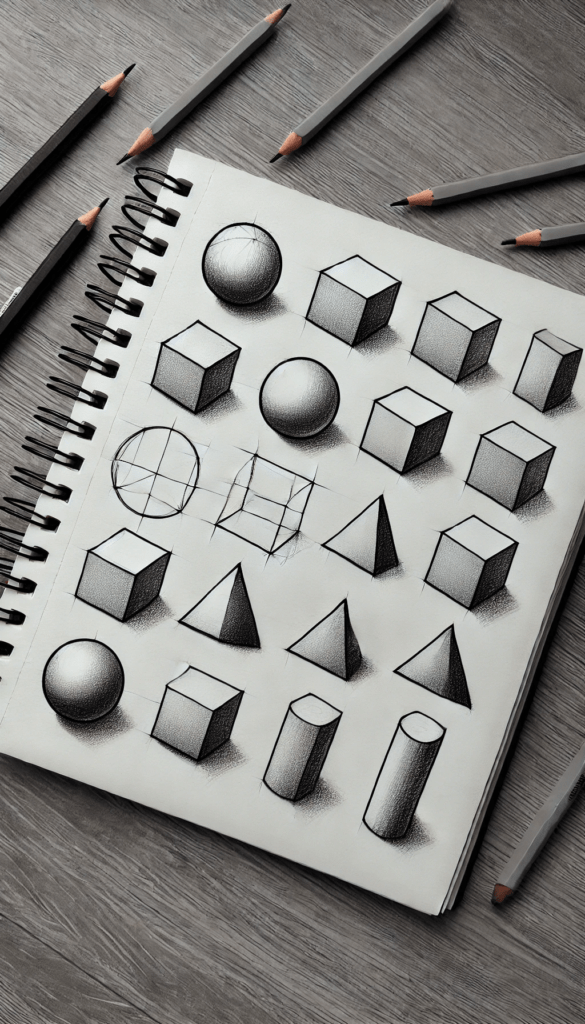
Practice Line Work
- Draw straight lines, wavy lines, and zigzags to warm up your hand movements.
- Practice shading with lines to create depth and texture.
- Use cross-hatching techniques to add texture and make objects appear more three-dimensional.
- Draw parallel lines and curves to develop steady hand movements.
- Focus on practicing different stroke pressures to create varying effects.
- Try sketching lines that flow naturally to create patterns and abstract designs.
- Combine curved and straight lines to make complex patterns.

Learn to Draw Faces
- Start with a circle for the head to establish the base shape.
- Add guidelines for the eyes, nose, and mouth to position the features correctly.
- Draw the eyes by sketching oval shapes and adding pupils.
- Add a nose using simple curves and lines to keep it easy.
- Complete the face by drawing a smiling mouth and ears.
- Include eyebrows and eyelashes for additional details.
- Sketch hair using flowing lines and add shading for depth.
- Practice drawing different expressions to improve versatility.
- Draw profiles by following the same steps but adjusting angles.
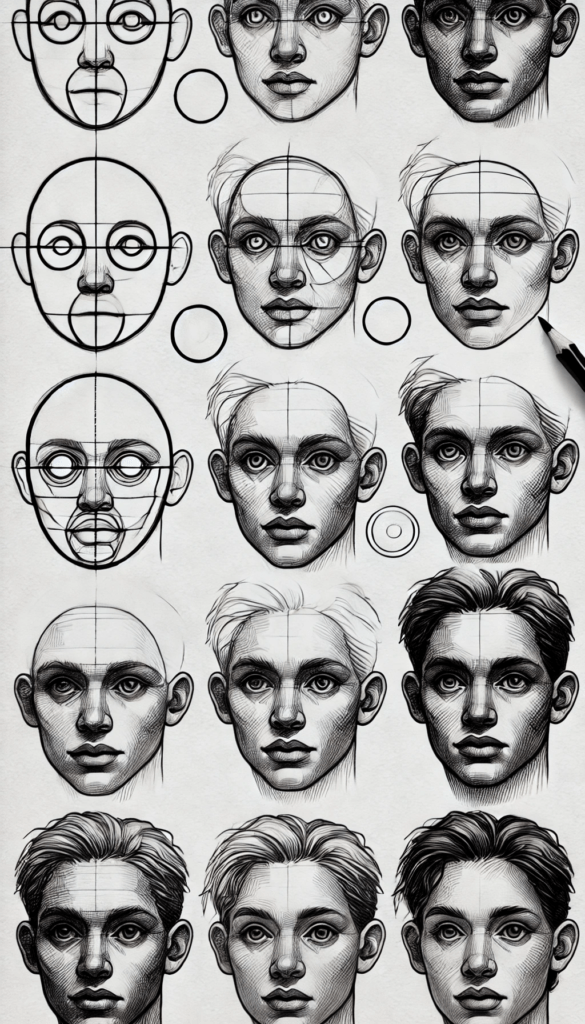
Draw Animals Step-by-Step
- Start with a basic shape like an oval for the body to set proportions.
- Add smaller circles for the head and legs.
- Sketch the tail and ears to give the animal character.
- Add details like eyes, nose, and fur patterns for realism.
- Erase extra lines and shade the drawing for depth.
- Focus on creating textures like fur or feathers using short strokes.
- Draw different poses, such as standing, sitting, or running, to practice movement.
- Combine features of animals to create imaginative creatures.
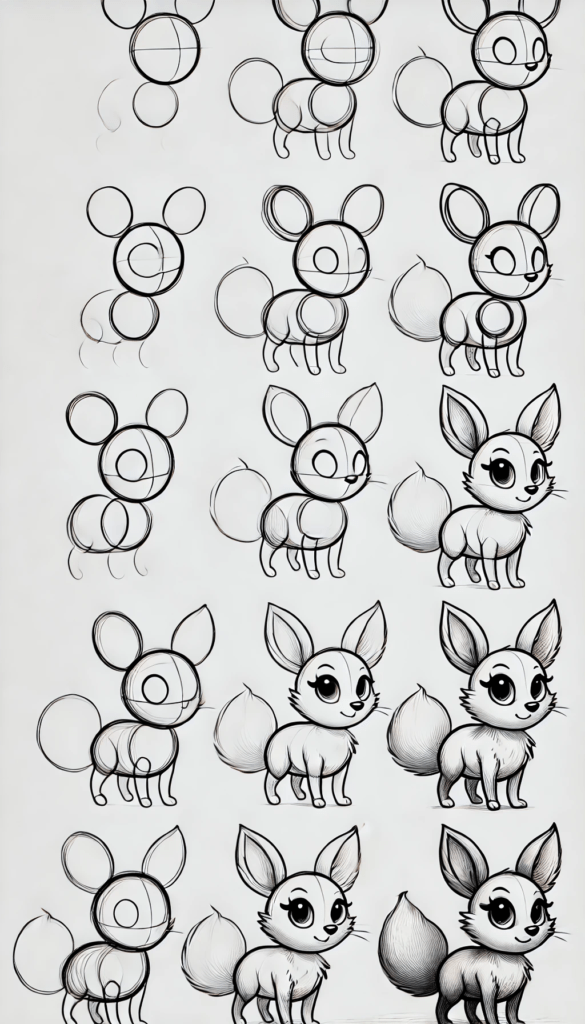
Create Landscapes
- Draw a horizon line to divide the sky and ground for structure.
- Add mountains or hills using triangles and curves to form backgrounds.
- Sketch trees using simple ovals for leaves and lines for trunks.
- Include clouds and a sun to complete the scene and add detail.
- Add rivers, lakes, or fields to make the landscape more dynamic.
- Use shading techniques to create depth and texture in the scene.
- Draw buildings or bridges to add interest and complexity.
- Experiment with perspectives to create depth and distance.
- Use layers to build details, starting from the background and moving forward.
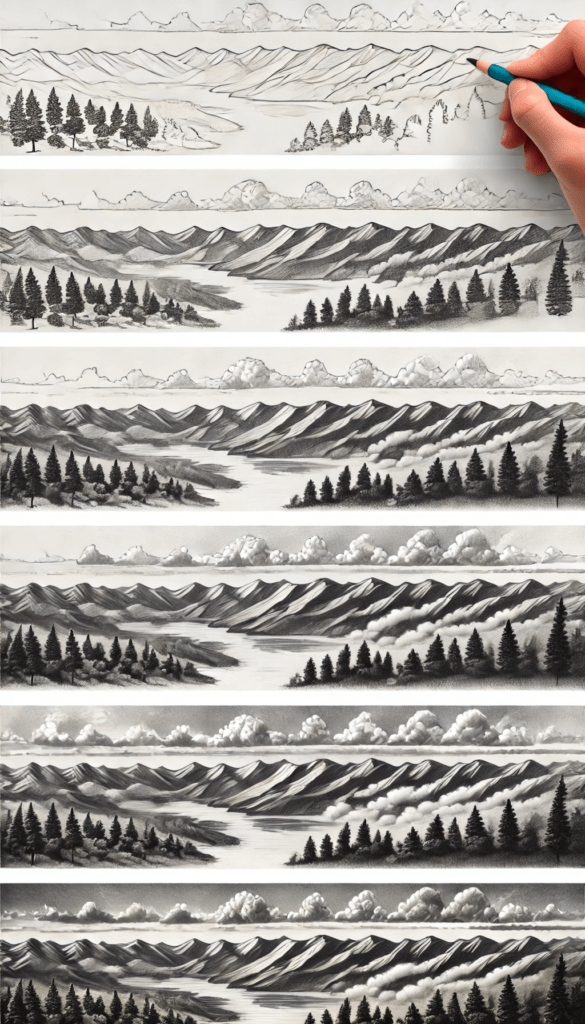
Add Colors and Textures
- Use colored pencils or markers to brighten your drawings and make them vibrant.
- Experiment with shading techniques to make your art look realistic and polished.
- Add patterns to clothing, grass, and water for extra texture and visual interest.
- Use blending tools to smooth colors and create gradients.
- Highlight key areas with lighter colors to add focus.
- Mix colors to create unique shades and effects.
- Try layering colors to build depth and richness.
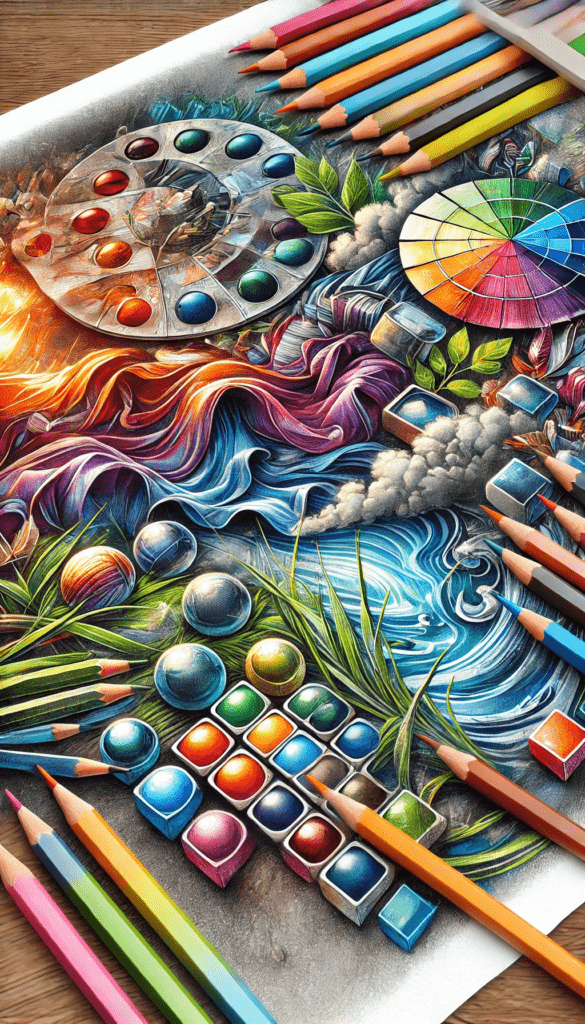
Practice Drawing Everyday Objects
- Start with simple objects like a cup or a chair for practice.
- Observe the shapes and lines before sketching.
- Sketch the outline first and then add details to complete the design.
- Shade to give a three-dimensional effect and make the object realistic.
- Draw reflections and shadows to add more realism.
- Focus on details like patterns, textures, and highlights.
- Gradually move to more complex objects like bicycles and cars.
- Create a still-life composition with multiple objects.
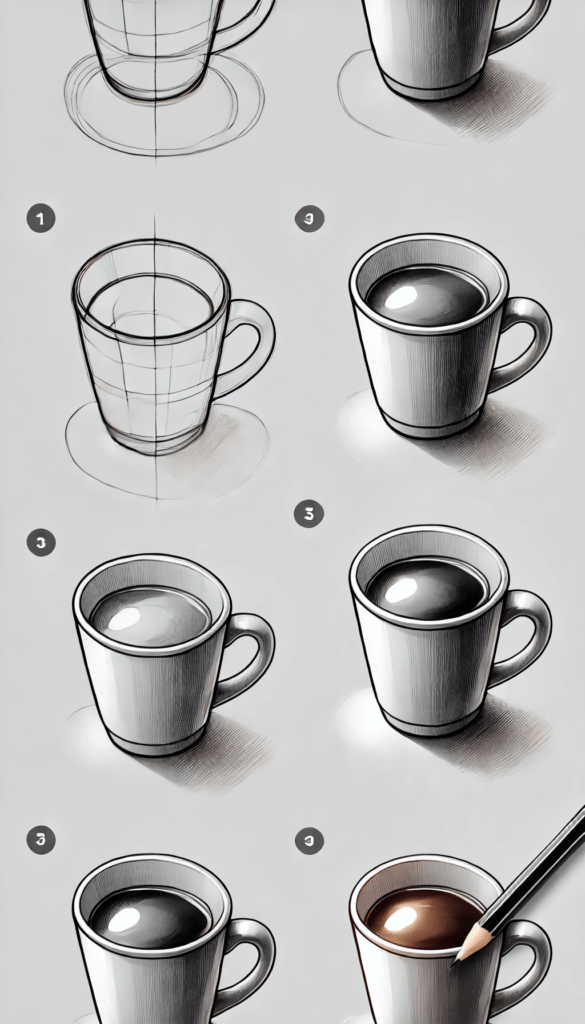
Try Cartoon Characters
- Draw a circle for the head to start building your character.
- Add big, expressive eyes and a small nose for personality.
- Sketch a smiling mouth and funny ears to complete the face.
- Draw the body with simple shapes like rectangles and ovals to keep it simple.
- Add details like hair, hats, or clothes to give character.
- Experiment with different poses and expressions to make the character dynamic.
- Color the character to make it stand out.
- Create a series of characters and add speech bubbles to create comic strips.
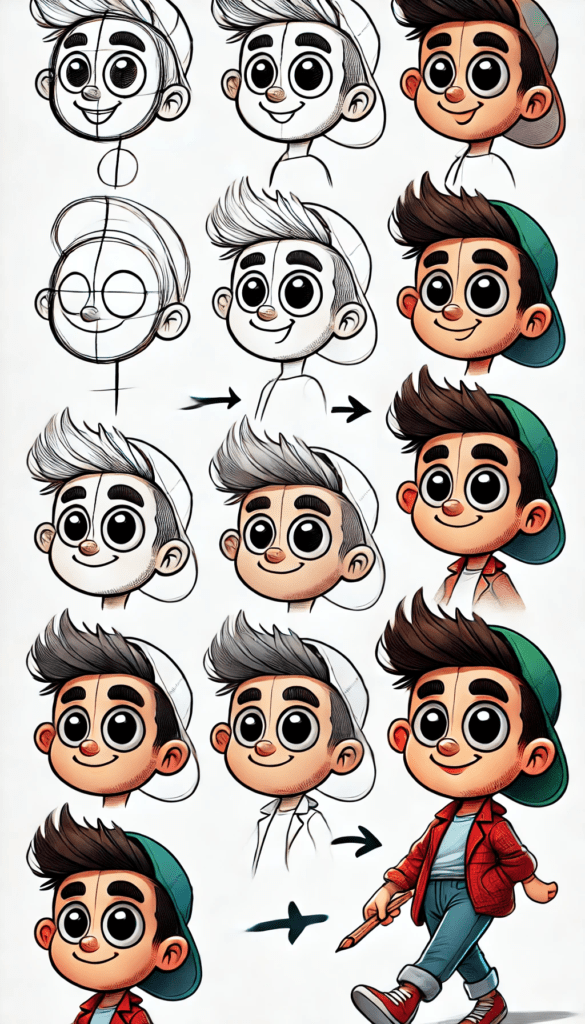
FAQs
What are some easy step-by-step drawing ideas for beginners?
You can start with simple drawings like flowers, houses, and animals. Following tutorials for cartoon characters and landscapes is also helpful.
How can I improve my drawing skills quickly?
Practice every day, follow easy step-by-step drawing ideas for beginners, and watch online tutorials for guidance.
What is the best pencil for beginners?
HB pencils are great for outlines, while 2B pencils are better for shading and details.
Can I learn to draw without talent?
Yes! Drawing is a skill that improves with practice. Many artists start with basic techniques and grow their talent over time.
Conclusion

Drawing is a relaxing and rewarding hobby that anyone can learn. By following easy step-by-step drawing ideas for beginners, you can create amazing art with confidence. Whether you’re sketching animals, faces, or landscapes, the key is practice and patience.
For more creative inspiration, check out DIY crafts for kids to do at home and easy DIY canvas painting ideas for beginners.
You can also explore professional art supplies at Blick Art Materials and tutorials at ArtyFactory to enhance your skills. Start drawing today and have fun creating beautiful artwork!
